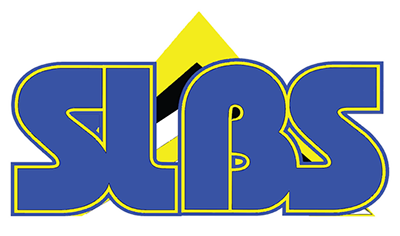See below a list of frequently asked questions and the responses. Contact the Saint Lucia Bureau of Standards if your questions are not below or have not been answered adequately.
1.What is SLBS doing about establishments that do not practice food hygiene?
The Ministry of Health is the regulatory agency for food establishments. For its part, SLBS offers a food certification programme aimed at encouraging these establishments to practice the general principles of food hygiene. It is however a voluntary programme.
2.What is SLBS?
An acronym for Saint Lucia Bureau of Standards.
3.What does SLBS do?
The core activities of SLBS are:
- facilitating the development of national standards
- conducting assessment of products, services, processes and practices against national standards
- verifying and calibrating measuring devices
4.What is standardization?
Standardization is an activity which serves to provide solutions for repetitive application to problems in order to achieve the optimum degree of order in a given context. Generally, standardization is the development, issuing and application of standards in order to produce higher quality products and services. Standardization can include the following activities:
- Research and drafting of a standard
- the consensus committee development process for a standard
- the approval and declaration of the standard
- the publication of standards
- the application of standards by businesses, suppliers and customers;
- conformity assessment of products to a particular standard
- the accreditation of organizations
- the certification of products
- the testing of products
5.What is a standard?
A standard is a document established by consensus and approved by a recognized body that provides for common and repeated use, rules, guidelines or characteristics for activities or their results, aimed at the achievement of the optimum degree of order in a given context.
6.What are elements of a standard?
Standards are varied in character, subject and medium. The content of a standard will vary according to the level of detail required for specificity. It may specify the tasks that a certain range of equipment must be able to perform, or describe in detail an apparatus and it safety features.
It may contain diagrams, symbols, codes, test methods as well as definitions. It may describe systems, characteristics or methods of preparing documents.
It may also address issues such as the qualification of technical staff, quality control and specifications.
7.What are some of the benefits of standards?
- Set the level of quality, thereby allowing products to be evaluated and compared
- Streamline production and improve manufacturing processes
- Increase productivity and enhance efficiency.
- Reduce costs for consumers.
- Provide the basis for trade transactions.
- Minimize waste
- Ensures safety and performance
- Ensure that products and services perform their necessary functions
- Facilitate interchangeability of products and services designed for the same purpose
8.What are voluntary and compulsory standards?
Standards generally represent minimum levels of acceptability and are voluntary. Even if a standard is not compulsory, many organizations comply in order to demonstrate their commitment to quality, performance or safety. However, where the subject matter impinges directly on the health and safety of the user or the environment, they may be compulsory. The government can also make some standards mandatory by referencing them legislatively or through regulations.
